Wellness survey misrepresents racial profile of U-High student body
Midway staff
As the wellness survey continues to change to meet the needs of the student body, it must differentiate among racial groups in order to better understand and address problems facing specific demographic groups, writes content manager Sahana Unni.
January 12, 2022
The results of the 2021 health and wellness survey released Nov. 17 misrepresent the U-High student profile. A pie chart displayed data concerning the racial diversity of U-High with categories “White/Caucasian,” “BIPOC” and “Unspecified.” “BIPOC” refers to all students of color, who make up about 49% of U-High.
The wellness survey grouping all Black, Indigenous and people of color together in one category of survey results creates a lack of transparency about the small percentage of Black students currently attending U-High, and doesn’t allow the administration to truly understand different races’ “feelings of welcomeness at Lab.”
In a neighborhood that is 26.4% Black as of 2019, the student body being only 9% Black is a concerning statistic that isn’t being addressed. The wellness survey is presented as an accurate representation of students’ mental and physical health, but without distinguishing between Black, Indigenous and other people of color, the data becomes skewed by racial groups that have a larger presence at Lab.
As the wellness survey continues to change to meet the needs of the student body, it must differentiate among racial groups in order to better understand and address problems facing specific demographic groups.



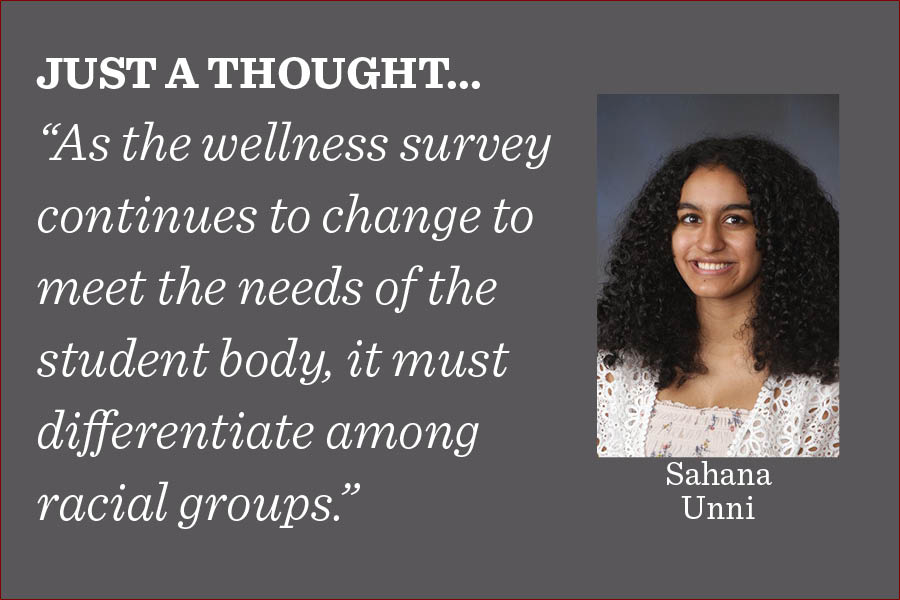
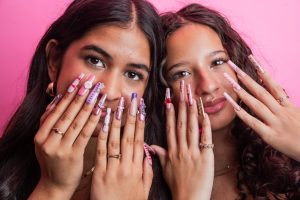
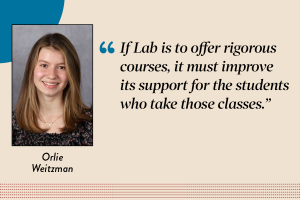

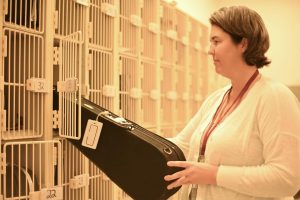


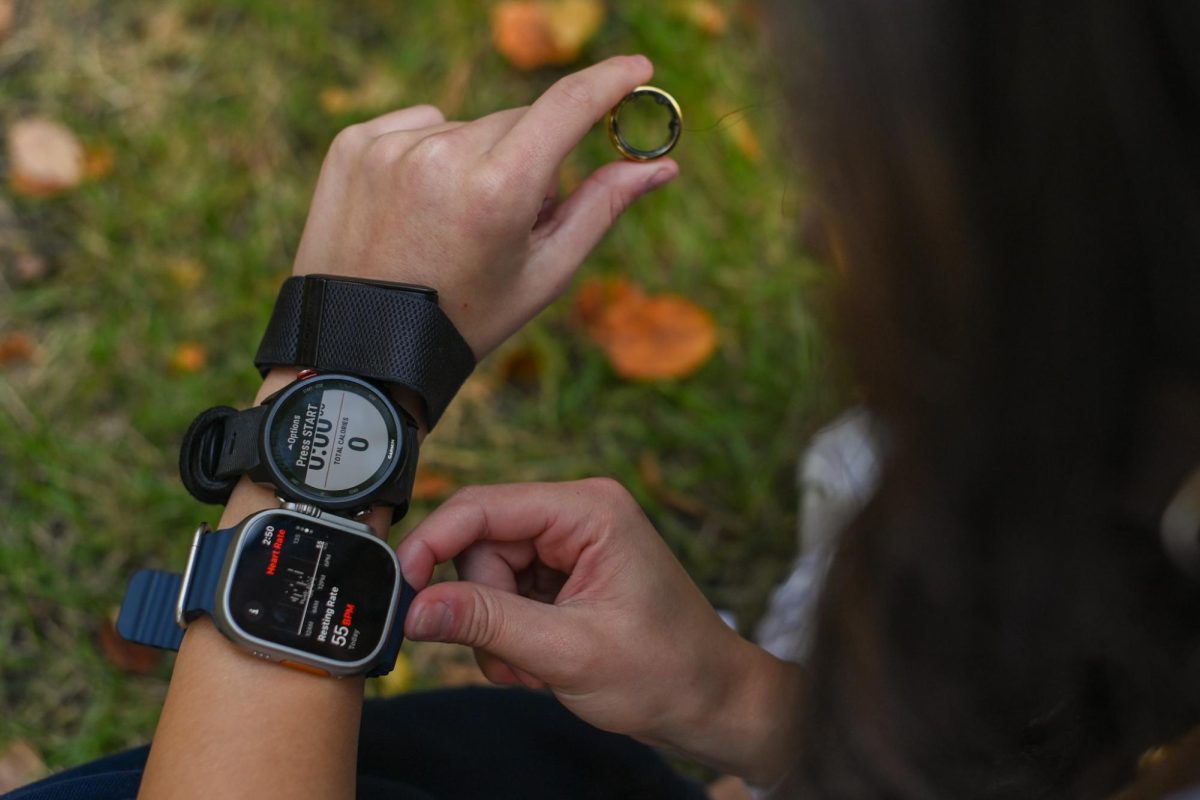


Debra Stulberg • Jan 16, 2022 at 5:24 pm
I’m so glad to see you raise this! I agree 100%, the way the results are reported should not lump all students of color into a single group.
Sharon Williams • Jan 12, 2022 at 10:35 am
Thank you!